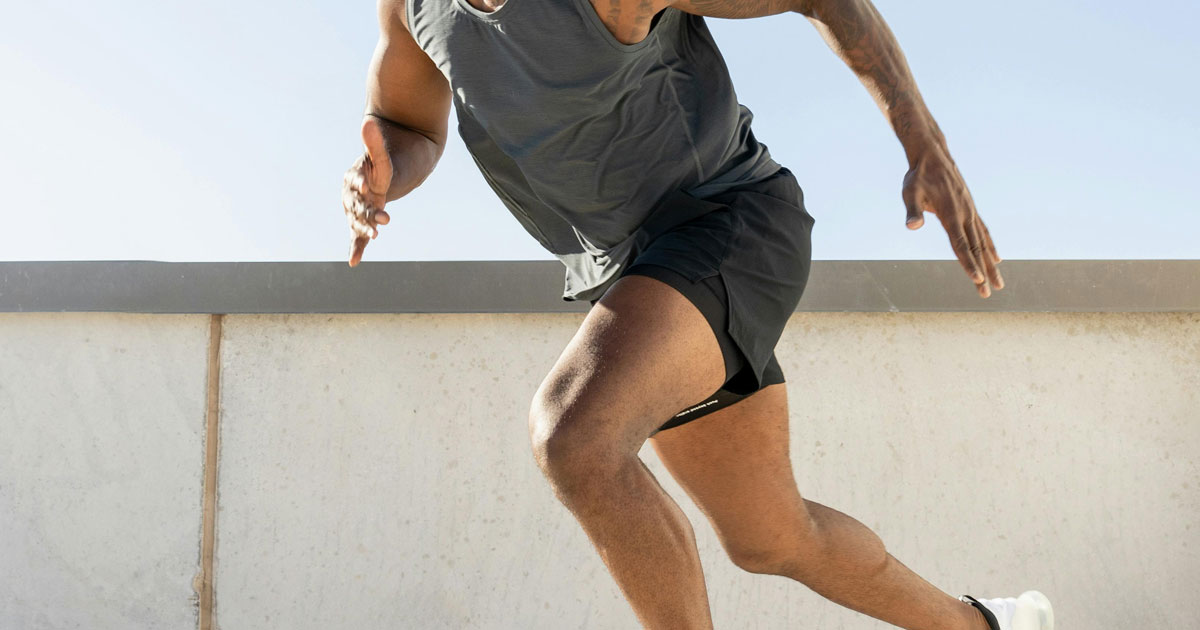
Inner‑thigh or groin pain? It could be an adductor tendinopathy
What is it?
Adductor tendinopathy involves irritation, inflammation, or degeneration of the tendons connecting the inner-thigh (adductor) muscles to the pelvis and femur. This condition is usually caused by overuse and may appear as tendinitis (acute inflammation), tendinosis (chronic degenerative change), or a combination of both. The adductor group --- including adductor longus, brevis, magnus, and gracilis --- extends from the inner knee region up to the groin and pubic bone. These muscles mainly pull the leg toward the midline (adduction) and also assist with hip flexion, extension, and internal rotation during various activities and positions.
Typical symptoms and presentation
Common signs and symptoms include:
- Deep ache, sharp twinges or stiffness in the groin, pubic region or upper inner thigh.
- Pain during activities that load the adductors: running (especially changes of direction), kicking, sidestepping, squatting, lunging, walking uphill, or heavy resistance exercises.
- A typical "warm‑up" pattern: pain might be worse at the beginning of activity, improve as the tendon warms up, then flare again after stopping or the next day.
- Morning stiffness or increased pain following rest.
- Tenderness when pressing over the adductor origin (near the pubic bone) or along the inner thigh.
- Weakness with leg‑adduction or reduced power during cutting/kicking movements.
- Pain when stretching the adductors (hip abduction exercises like butterfly stretch, side‑kick, or side lunge).
- Possible altered gait (limp) or movement compensation that can lead to secondary issues in the hip, knee, or lower back.
Why it happens
Adductor tendinopathy typically results from repetitive or excessive loading of the tendon that exceeds its capacity to adapt.
Common factors include:
- Sudden increases in training load (volume, intensity or frequency).
- Repeated direction changes, kicking, or explosive movements in sport.
- Weakness or poor control of the hip and core muscles.
- Muscle imbalances (weak glute medius or hip flexors, tight adductors).
- Biomechanical factors: altered running or cutting mechanics, leg length differences, foot/ankle issues.
- Previous groin or hip injuries, inadequate rehabilitation, or return‑to‑sport too quickly.
- Age‑related tendon changes and reduced tissue resilience.
Who is at risk
- Athletes in soccer, AFL, rugby, hockey, tennis, martial arts, and other sports involving kicking, cutting, or sprinting.
- Recreational exercisers who quickly increase load (e.g., starting a new running routine or engaging in high‑intensity training).
- People with sedentary jobs who suddenly resume activity without conditioning.
- Anyone with muscle imbalances or inadequate pelvic or hip control.
Assessment and imaging at Spectrum Healthcare, North Ryde / Macquarie Park
Our clinicians use a comprehensive approach:
- Obtain a detailed clinical history to identify symptom patterns, load history, and contributing factors.
- Hands-on physical assessment: palpation, strength testing, flexibility, and functional movement screening.
- Functional testing tailored to sport or daily activities. Imaging when indicated:
- MRI: gold standard for detailed soft‑tissue assessment --- shows tendon thickening, partial tears, bone or joint involvement.
- Ultrasound: dynamic, cost-effective imaging to assess tendon structure and guide injections if needed.
- X‑ray: not routinely used for tendinopathy but useful to exclude avulsion fractures or significant bony pathology.
Conservative treatment and staged rehabilitation
Spectrum's multidisciplinary team (sports chiropractors , physiotherapists , exercise physiologists ) focuses on evidence‑based, individualised conservative care. Key components:
- Education and load management: modify training or activities to lessen pain while keeping up conditioning. We assist you in planning gradual progressions to prevent flare‑ups.
- Pain and symptom control: targeted soft‑tissue therapy (sports massage, cupping, dry needling), ice/heat strategies, and activity modification to reduce sensitivity.
- Progressive loading program: tendon rehabilitation emphasises graded, progressive loading (isometrics, concentric and eccentric strengthening) to stimulate tendon healing and resilience.
- Strength and conditioning: hip abductor and core strengthening, glute activation, lumbar stability, and lower limb kinetic chain work to correct imbalances and enhance force transfer.
- Movement retraining: running technique, cutting mechanics and sport‑specific skill practice to minimise undue stress on the adductors.
- Manual therapy and joint mobilisation: restore mobility in the hip, pelvis, lumbar spine, and knee to address compensatory movement patterns.
- Adjunctive technologies: access to Game Ready (compression/cryotherapy) and Alter G anti-gravity treadmill for controlled loading and pain‑free progressions.
- Return‑to‑sport planning: objective, criteria‑driven progression (strength, power, control, sport‑specific drills) before full return.
When conservative care may need escalation Most adductor tendinopathies respond to conservative care over weeks to months. If recovery is limited or symptoms indicate a more severe tendon tear or intra‑articular hip pathology, we arrange referrals to sports physicians or orthopaedic specialists for further assessment. In select cases, imaging-guided injections or surgical options may be considered by a specialist.
Prevention Tips
- Gradually increase your training load, using the 10% rule as a guide.
- Include exercises that strengthen your hips and glutes in your routine.
- Maintain flexibility and regular soft‑tissue maintenance.
- Warm up properly before high‑load activities and cool down afterwards.
- Address movement quality and running/cutting mechanics early.
If you experience persistent groin or inner‑thigh pain, book an assessment at Spectrum Healthcare North Ryde / Macquarie Park. We’ll conduct a targeted evaluation, explain the underlying causes of your pain, and develop a staged rehabilitation plan tailored to your goals — whether it’s returning to sport or daily activities.
